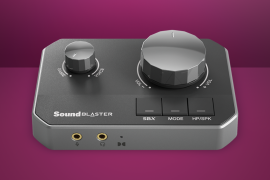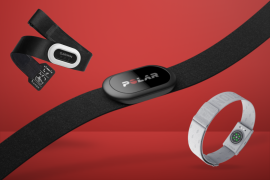Nokia Body review
The Finns' budget scales need a bit more time in the gym...
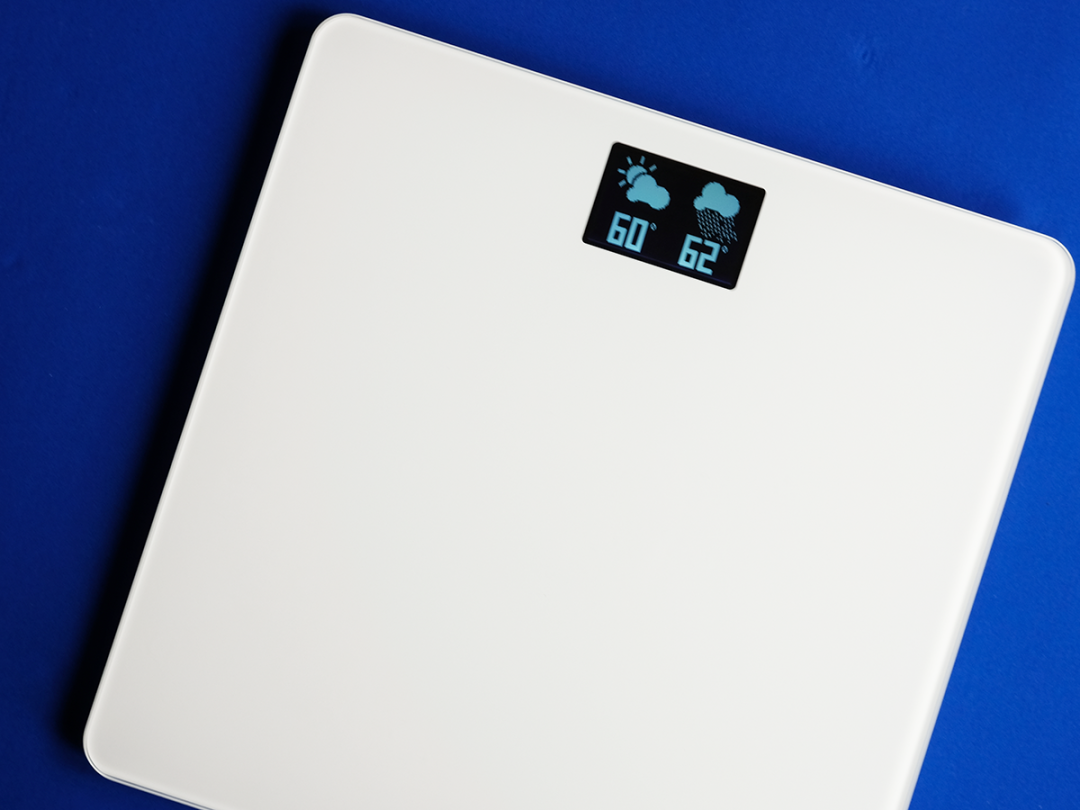
For gadget fans, smart scales are as irresistible as an extra slice of cake.
They give you something to point at when questions are asked about your flagging new year’s resolution. And, more importantly, you get a new toy to play with. Win-Win!
Nokia’s Body scales are extra-tempting for two reasons. They’re cheap, sitting £30 below Nokia’s mid-range option (the Body+) and £90 beneath the heart-rate tracking Body Cardio.
They also come with a warm glow of nostalgia, thanks to that logo on the front. Not that bathroom scales have quite the same retro caché as a 3310 – Nokia’s newfound love for measuring your weight has come from its recent gobbling up of French health maestro Withings.
The Body+ and Body Cardio are rebranded versions of Withings’ previous scales, but the Body is a new, budget option.
Is it a good one? That depends on how happy you are with measuring only your weight and BMI, and how patient you are with undercooked apps…
Features: keeping it simple
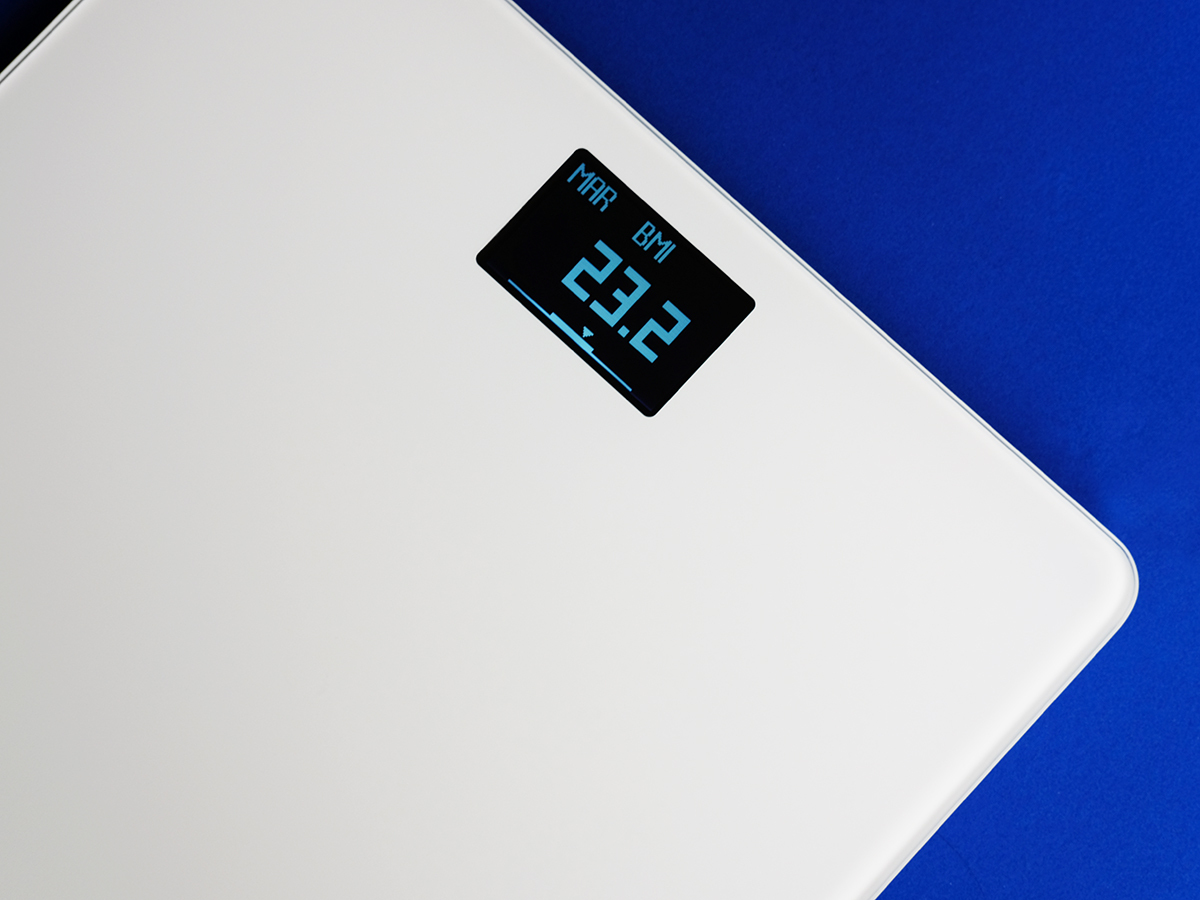
The Body scales themselves measure just one thing – your weight, in kilos, pounds or old school stones.
So why are they called ‘smart’? Because every time you weigh yourself, this entry is instantly flung to the app over Wi-Fi or Bluetooth.
It’s a simple trick, but one that has proven motivational benefits for anyone who’s trying to shed a few pounds. Once you’ve made jumping on some scales a daily habit, you’re strapped into the addictive rollercoaster of weight graphs.
None of this is new, of course. And unlike pricier scales, the Body can’t measure things like fat, muscle and bone mass, which give you a better picture of your overall health.
So Nokia has added a couple of features that it hopes make the Body more than a budget buy for dieters. One of these is integration with third party apps like the meal-logging MyFitnessPal and Apple Health, for pooling data from other services and gadgets like fitness trackers.
And the other is the revamped Health Mate app’s new ‘Wellness programs’, which are multi-week guides with themes like ‘Pregnancy Tracker’.
But let’s not get ahead of ourselves – does the Body nail the basics? Well, kind of, eventually…
Performance: a bumpy ride
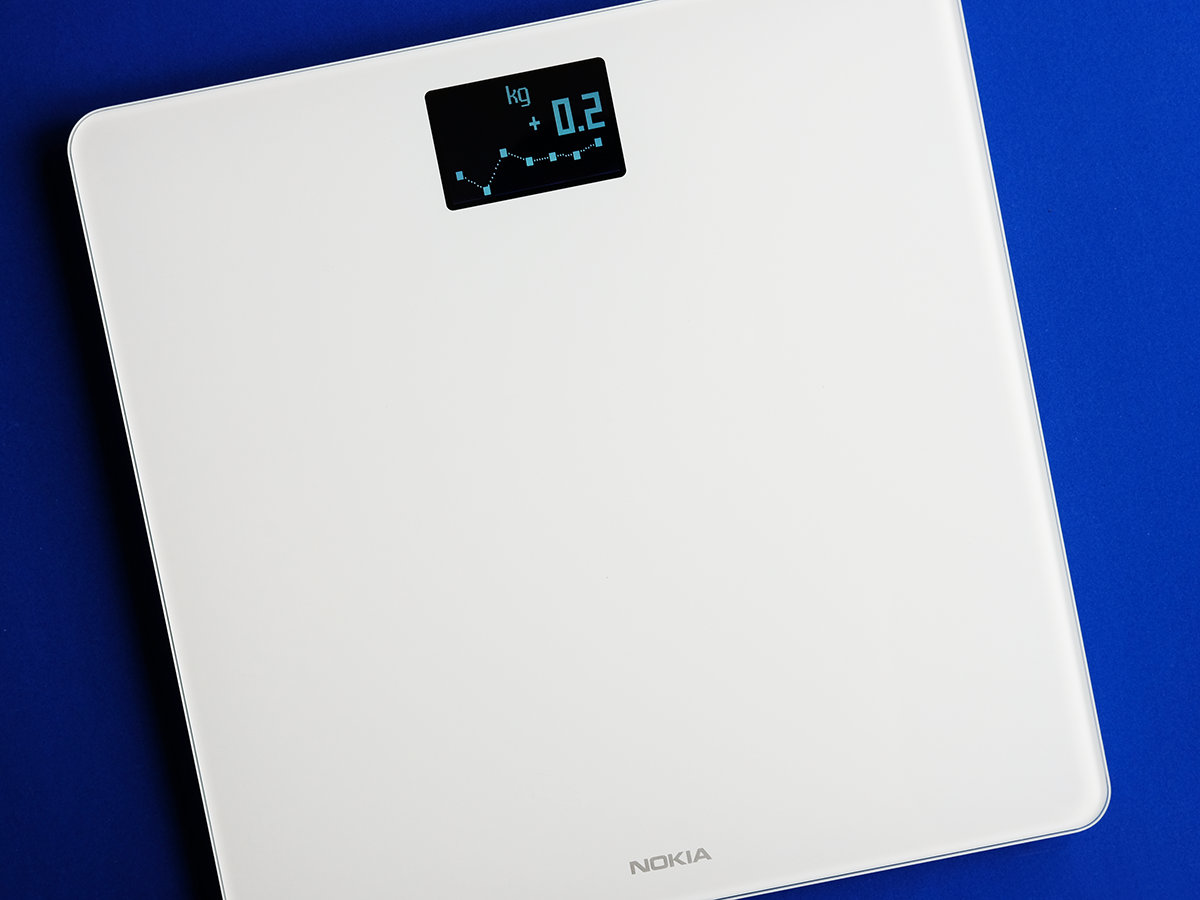
The good news is that the Body scales have an attractive, glass-fronted design. And once you’ve got the app and scales talking, the experience is sleek and simple.
Step on the scales, and they’ll flash up your weight reading, a graph of your recent entries, your BMI (which is a simple but flawed gauge of how healthy your weight is in relation to your height and age), and then the weather forecast.
The key phrase, though, is ‘once you’ve got the app and scales talking’. Nokia has given Withings’ Health Mate app a massive facelift, and so far it’s gone as well as our attempts at home decorating. In other words, pretty badly.
A lot of the early bugs that compelled Nokia to sheepishly apologise have now been resolved, but I found the setup process way more fiddly than it should be. Initially, the scales simply wouldn’t connect to the app, then I wasn’t recognised as a user and had to manually add entries to my profile.
After a back and forth with Nokia’s excellent customer support, I was finally up and running. From there, I found the Body to be largely accurate, if likely to err on the slightly harsher side of its ‘within 0.2lb’ accuracy. This is largely thanks to a body position sensor that handily tells you, via screen arrows, where to shift your weight for an accurate reading.
Handily, the scales will also recognise up to eight different users, although if you’re close in weight to someone else who’s using them, it can struggle to tell you apart. You also get carpet feet in the box and some AAA batteries that should see the Body last 18 months.
Whether you’ll last as long with the Health Mate app is another matter…
The app: you’re looking a bit pale, mate
Even though most bugs have been being ironed out, the app is still prone to crashing and will leave you seemingly stranded without a ‘back’ button.
These early teething issues will be no doubt be smoothed over. But the more fundamental issue with the Body and Health Mate is that they don’t complement each other particularly well. The app feels like it’s been designed more for the Body’s pricier siblings.
For example, out of the app’s five new ‘Wellness programs’, only two (including ‘Leaderboard’, for comparing your stats with friends and family) is available to people who own just the Body scales. The others all need either Nokia’s more expensive scales, or another device like the Activite Pop or BPM blood pressure monitor.
The app’s minimalism also means that, right now, you get little insight into what the stats mean or how you could lose weight. You can drill down into graphs of your weight and BMI, but there’s nothing like Polar’s ‘weight speedometer’, which tells you how long you need to jog today to reach your target weight.
Still, there are two things the Health Mate app is good at – starkly showing the trends of your weight and BMI over time, and pulling in data from other apps…
Compatibility: friends reunited
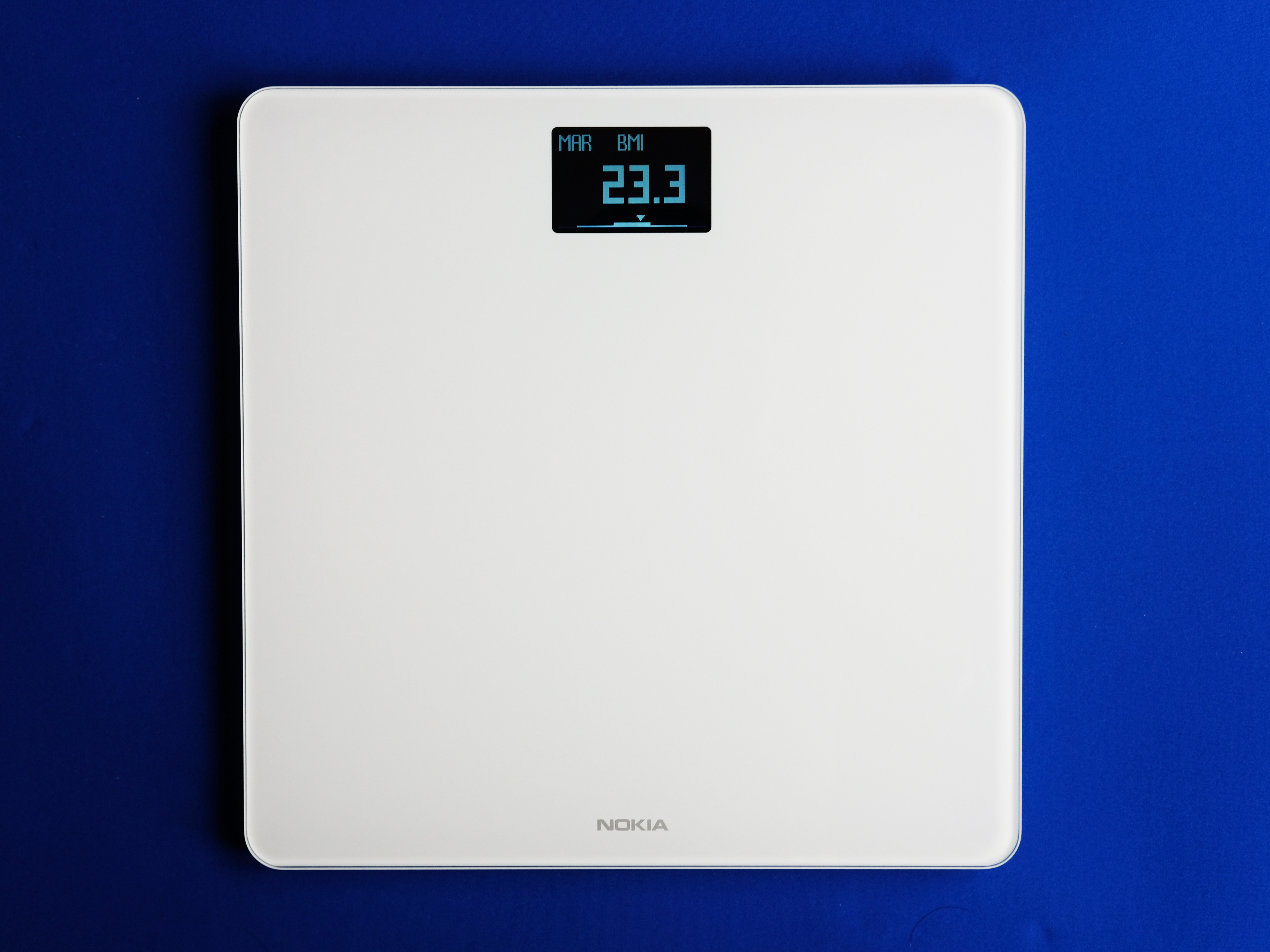
The best way to choose some smart scales is look at the apps and gadgets you already use.
If you already have one of Nokia’s smartwatches (previously made by Withings), its Aura sleep sensor, or BPM blood pressure monitor, then Nokia’s scales (if perhaps not this model) certainly look like a good option, thanks to Health Mate’s ‘Wellness programs’.
But Health Mate can also act as a passable fitness-tracking hub thanks to some third party compatibility. For example, fans of MyFitnessPal and Runkeeper can get their stats automatically funnelled into the app alongside their weight readings. Thanks to Apple Health, you can also pull in your continuous heart-rate data from the likes of the Apple Watch.
The Health Mate app itself will also track your steps in basic form by using your phone’s accelerometer.
The problem with all this lovely data? Your Health Mate feed can quickly get overrun with stats and, again, not much insight. At this point, I want my health-tracking apps to be a bit more than a digital ring binder bulging with graphs and data. But at least Health Mate does it in a clean, minimalist fashion.
Nokia Body verdict
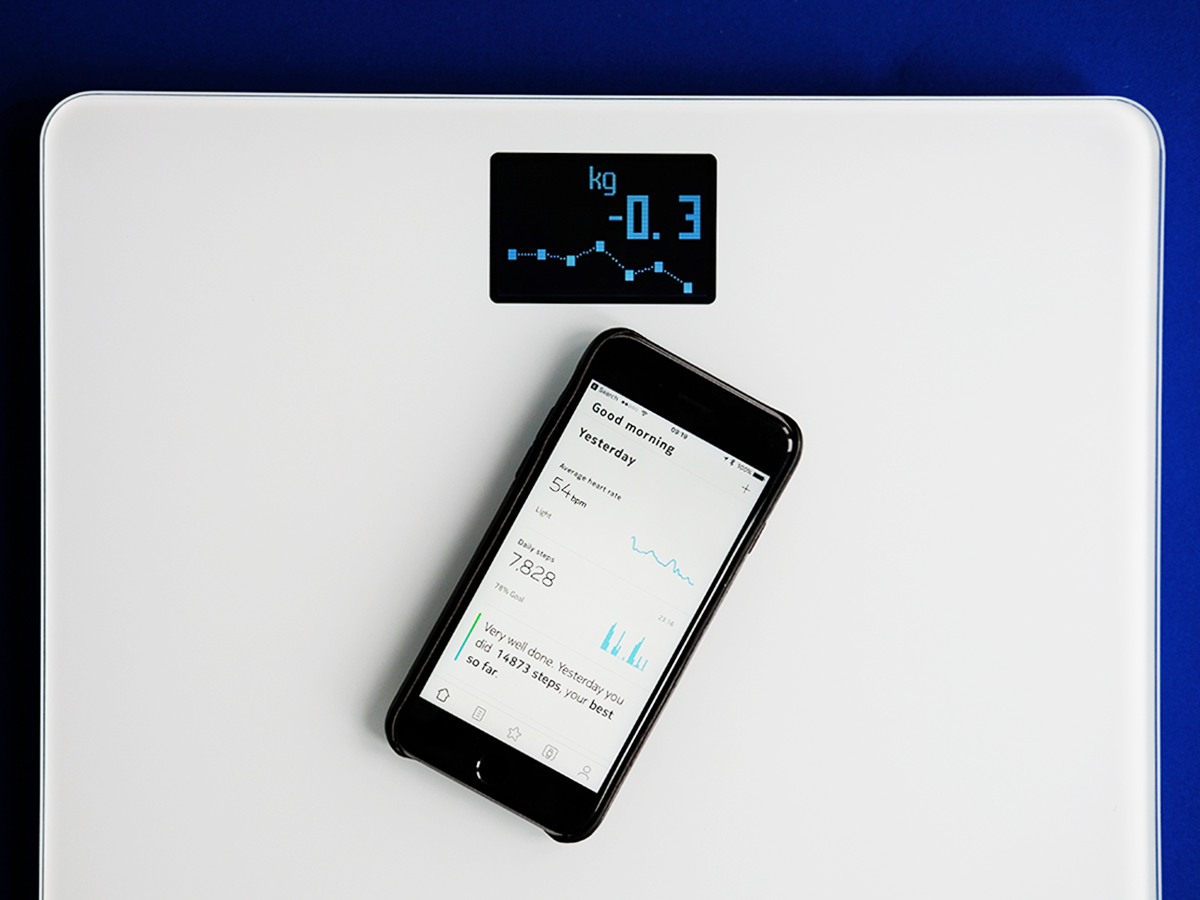
For a set of budget scales, it’s hard to escape the feeling that the Body and its app try to do too much, without quite nailing the basics.
Yes, it’s great that you can pull in data from other apps and gadgets, but more useful would be a streamlined app and setup process, not to mention some insight into how you can actually reach your target weight.
A lot of Health Mate’s more interesting features are also only compatible with the Body’s more expensive siblings.
The Body can only get better from here, but we’d pay the extra £30 for the Body+ model or, if you’ve already invested in their respective fitness trackers, the Fitbit Aria or Garmin Index.
Stuff Says…
Like our physique, these budget scales aren’t quite ready for prime time
Good Stuff
Simple, attractive design
Relatively affordable
Compatible with Apple Health, Runkeeper and MyFitnessPal
Syncs with the app very quickly
Bad Stuff
The Health Mate is a bit sparse and buggy
Doesn’t offer much in the way of insight
Most ‘Wellness Programs’ aren’t compatible with this model
Multiple users with similar weights can confuse it

